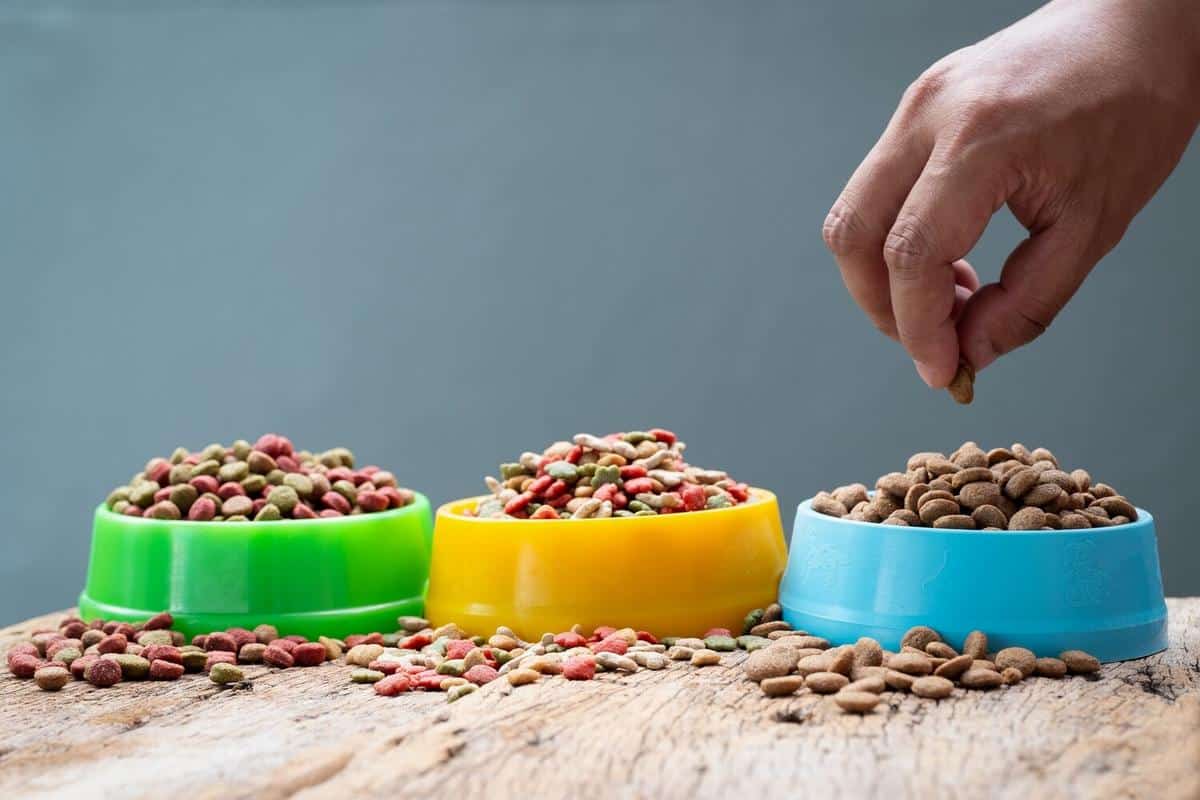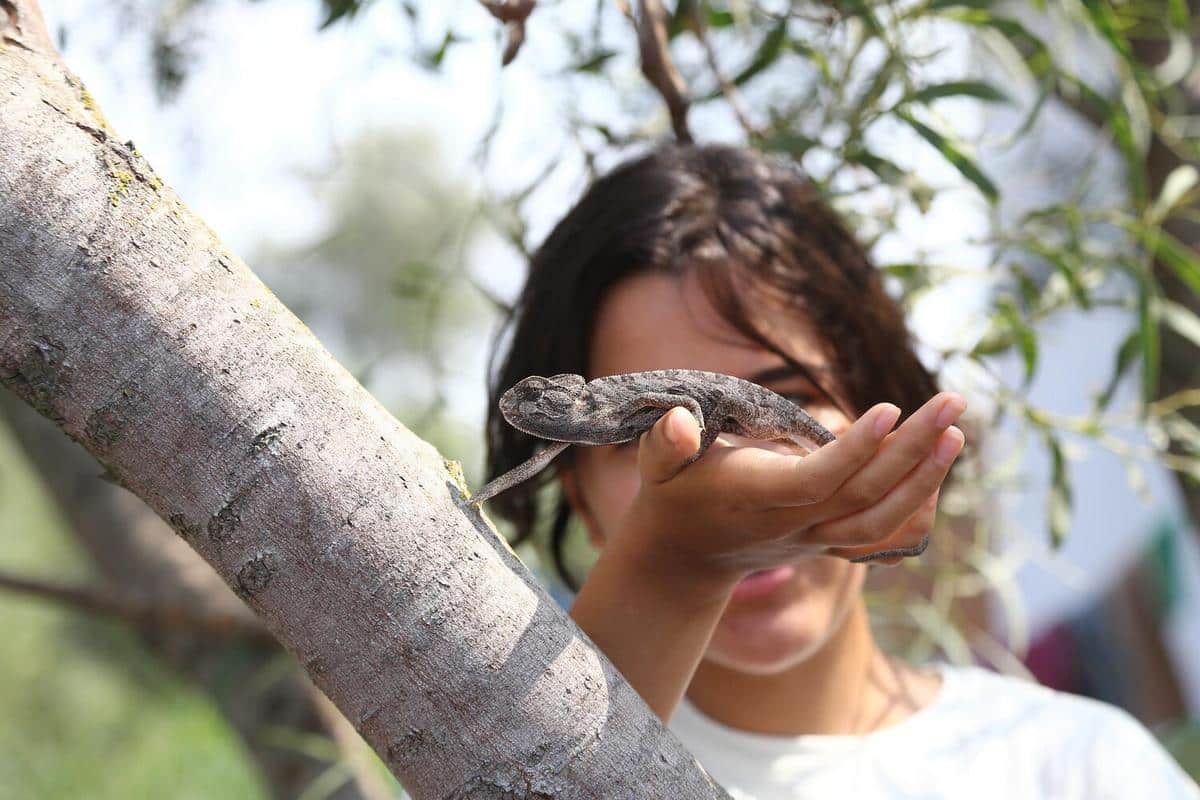
Raw Feeding vs. Kibble: Which is Better for Your Pet?
Choosing the right diet for your pet is a significant decision for any pet owner. With two popular options on the table—raw feeding and kibble—the choice can be daunting. This article delves into the benefits and considerations of each, helping you make an informed decision for your furry friend.
When it comes to pet nutrition, the debate between raw feeding and kibble is a common topic among pet owners. Each approach has its advocates and its critics, and understanding the nuances of both can help ensure your pet’s health and happiness.
Raw Feeding: What You Need to Know
Raw feeding, often referred to as the ‘BARF’ diet (Biologically Appropriate Raw Food), consists of uncooked meat, bones, fruits, and vegetables. Advocates argue that it mirrors the natural diet of wild animals.
Benefits of Raw Feeding
- Natural Ingredients: Raw diets focus on whole, unprocessed foods.
- Improved Digestion: Raw food enthusiasts claim better digestion and less stool volume.
- Shinier Coats: Many pet owners report healthier skin and shinier coats.
Considerations for Raw Feeding
- Preparation Time: Raw diets require more preparation and planning.
- Risk of Contamination: There is a higher risk of bacterial contamination if not handled properly.
- Cost: Typically more expensive than kibble.
According to Dr. Karen Becker, a proactive and integrative wellness veterinarian, “A raw food diet can provide excellent health benefits when done correctly.”
Kibble: The Traditional Choice
Kibble, or dry food, is a staple in many households due to its convenience and long shelf life. It’s designed to meet the nutritional needs of pets through a balanced mix of ingredients.
Benefits of Kibble
- Convenience: Easy to store and serve, making it ideal for busy lifestyles.
- Cost-Effective: Generally more affordable than raw feeding.
- Nutritionally Balanced: Often fortified with vitamins and minerals.
Considerations for Kibble
- Quality Variability: The quality can vary significantly between brands.
- Preservatives: Some kibbles may contain artificial preservatives or fillers.
Research from a 2020 survey by the American Pet Products Association reveals that 63% of pet owners choose kibble due to its convenience and perceived nutritional balance.
Comparison Table: Raw Feeding vs. Kibble
| Aspect | Raw Feeding | Kibble |
|---|---|---|
| Preparation | Time-consuming | Quick and easy |
| Cost | Higher | Lower |
| Nutritional Control | High | Moderate |
| Risk of Contamination | Higher | Lower |
| Digestibility | Often better | Varies |
| Convenience | Low | High |
| Preservatives | None | Possible |
| Storage | Requires refrigeration | Room temperature |
When transitioning to a new diet, do it gradually to avoid digestive upset in your pet.
FAQs
Is raw feeding suitable for all pets?
Not necessarily. It’s essential to consult with a veterinarian to tailor a diet plan that’s appropriate for your pet’s health needs.
Can I mix raw and kibble?
Some pet owners do mix the two, but it’s crucial to ensure that the combined diet meets all nutritional requirements.
Ultimately, the choice between raw feeding and kibble boils down to personal preference, lifestyle, and your pet’s specific needs. Consulting with a veterinarian can provide personalized guidance, ensuring that your furry friend enjoys a balanced and nutritious diet.


